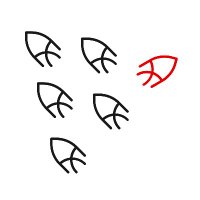
Doyoung Kim
@doyoungkim_ml
Incoming CS PhD @NYU_Courant; Prieviously MS & BS @kaist_ai; General intelligence in Language ∪ Robotics
ID: 1548921016562229248
https://doyoungkim-ml.github.io/ 18-07-2022 06:42:22
405 Tweet
313 Followers
529 Following



Here's how I (almost) got the high scores in ARC-AGI-1 and 2 (the honor goes to Jeremy Berman) while keeping the cost low. To put things into perspective: o3-preview scored 75.7% on ARC-AGI-1 last year while spending $200/task on low setting. My approach scores 77.1% while spending























